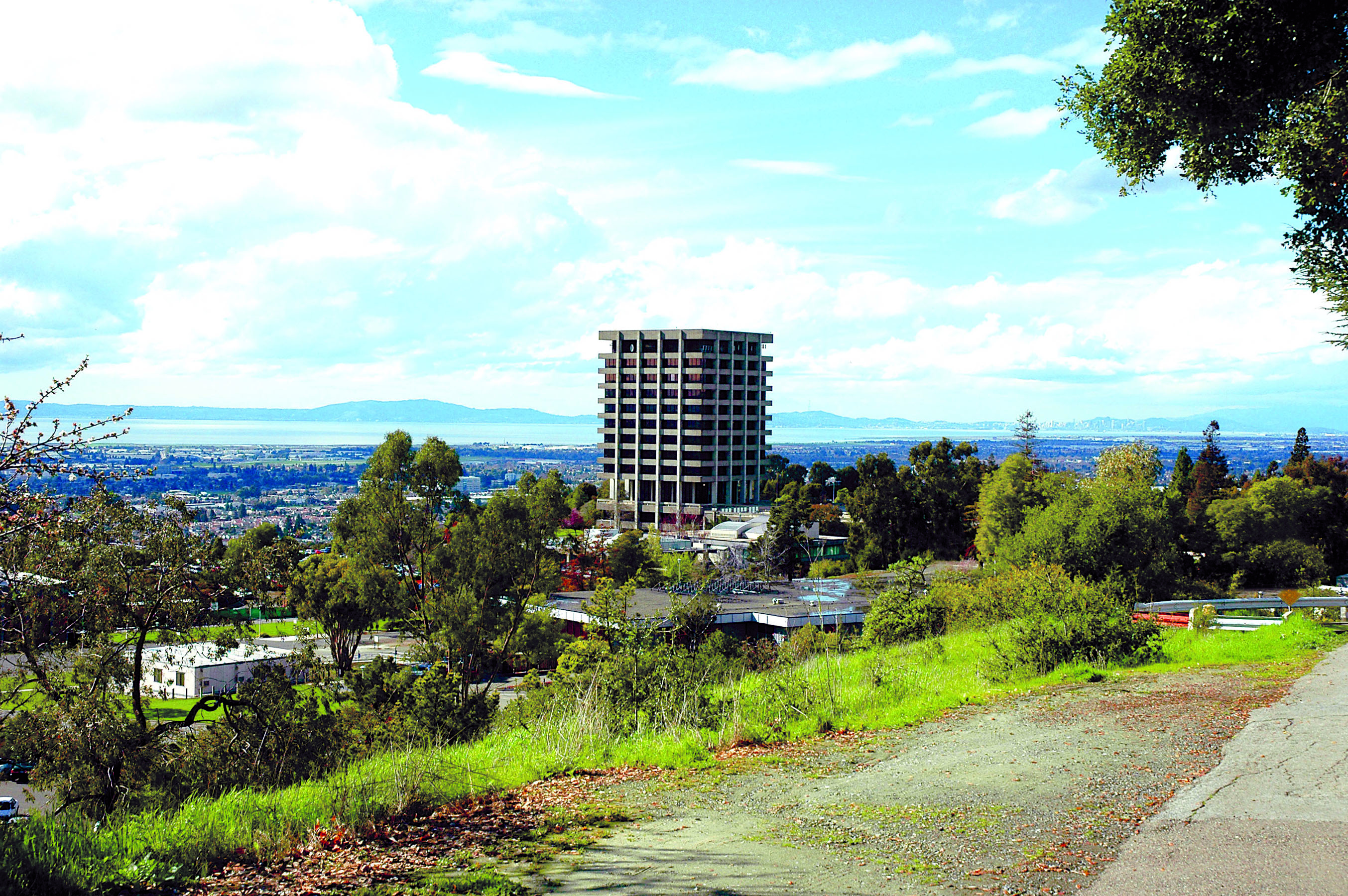
Building Explosion Will Shed Light on Nearby Earthquake Fault

A planned demolition of a building that can't endure California's earthquakes will also help geologists better understand a fault that could have destroyed the structure.
Sometime in August, contractors will implode Warren Hall at California State University, East Bay in Hayward, near San Francisco. The 13-story building was deemed the most seismically dangerous structure in the state university system by a seismic review board. Geologists plan to use the demolition to study the Hayward Fault, which runs just below campus and is due for an earthquake as strong as magnitude 7.0.
"Hayward is the one that worries us the most," said John Evans, a seismologist with the U.S. Geological Survey's (USGS) Earthquake Science Center in Menlo Park, Calif. "It's in the midst of a heavy urban area with lots of lifelines going through it — power and water, roads and communications. It would be quite devastating if one or more of the segments of that fault go."
Because the East Bay is densely populated, it's difficult for researchers to employ traditional methods to study the Hayward Fault, Evans said. Residents aren't keen on sharing their backyards with controlled explosions or open trenches that reveal signs of past earthquakes.
The demolition, which will produce shaking that mimics a magnitude-2.5 quake, offers a rare opportunity to investigate the fault, Evans said. The USGS plans several studies in collaboration with geologists and students from CSU East Bay.
Before the implosion, the USGS will set up some 500 temporary seismometers — sensors that measure ground motion — throughout the hills and flats east of the San Francisco Bay. The supersensitive monitors will pick up the shaking produced as the building collapses. The network will give researchers their most detailed view yet of the structure of the Hayward Fault. As the seismic waves travel through the Earth, the little hiccups caused by discontinuities such as the Hayward Fault or different geologic layers help scientists see these underlying structures more clearly.
The study will also help predict how regions of the East Bay may shake during a future earthquake. Soft sediment, such as that found in the former marshes along the bay, often shakes harder than the bedrock in the hills. The dense seismic monitoring network will help researchers detect such differences.
Sign up for the Live Science daily newsletter now
Get the world’s most fascinating discoveries delivered straight to your inbox.
Evans is also trying to get permission to install a series of tiltmeters on the rubble, to look for signs of an imminent ground collapse. "This is not directly [earthquake-related], but I'm trying to take care of our colleagues, the first responders," he said. "There may be small signals that presage an impending collapse."
Email Becky Oskin or follow her @beckyoskin. Follow us @OAPlanet, Facebook & Google+. Original article on LiveScience's OurAmazingPlanet.










